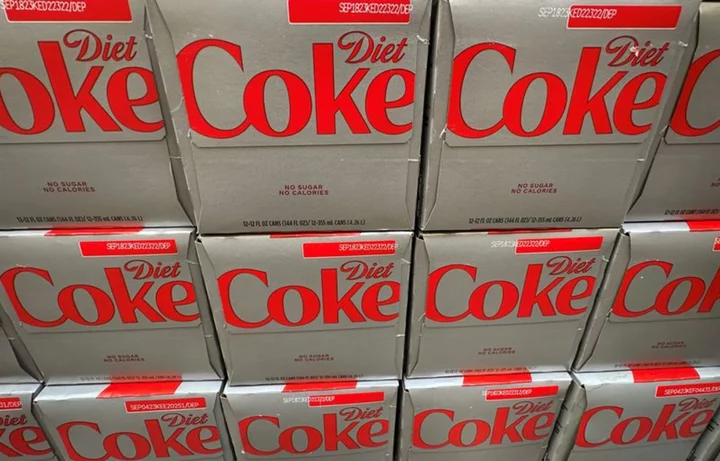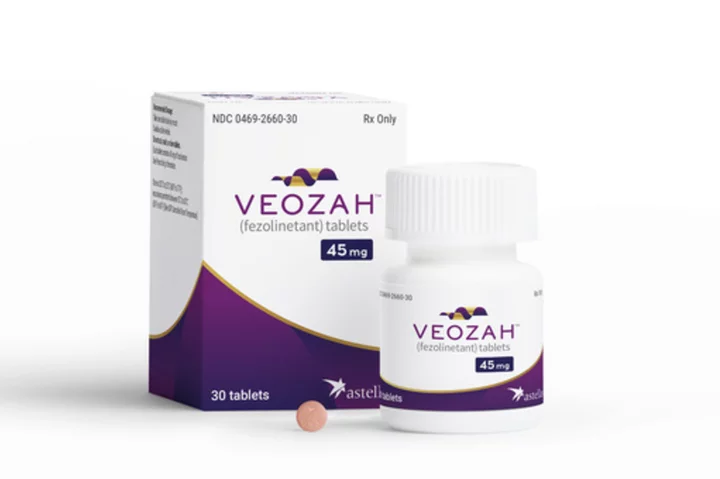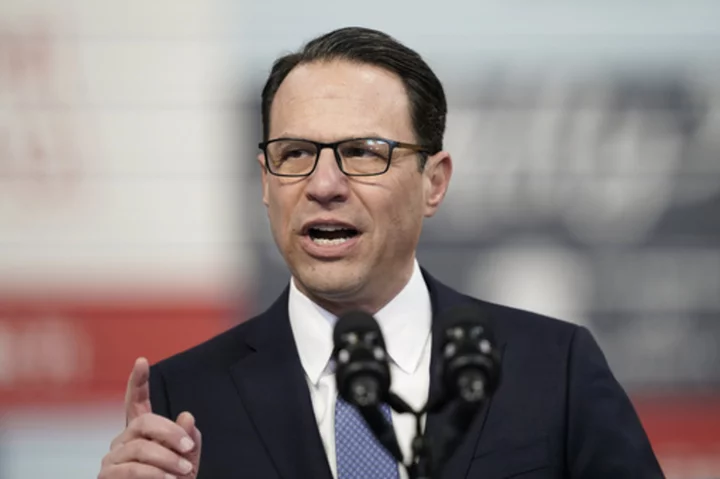LOS ANGELES, CALIFORNIA: In a groundbreaking development, researchers have successfully created a drug containing a powerful molecule called AOH1996, which has shown remarkable potential in preclinical research to eliminate all solid tumors. The most promising aspect of this drug is its ability to specifically target cancer cells while sparing healthy cells from harm.
The drug's name, AOH1996, is a heartfelt tribute to Anna Olivia Healey, a courageous cancer patient from Indiana who was born in 1996. The name immortalizes her legacy as a driving force behind this groundbreaking research, representing hope and progress in the fight against cancer. As the drug progresses through clinical trials and further research, its potential impact on cancer patients' lives becomes increasingly significant.
Who was Anna Olivia Healey?
Anna Olivia Healey died on March 14 at the age of 9 after a 5-year battle with Neuroblastoma, a type of cancer. She was a fourth-grade student at Pleasant View Elementary School in Zionsville. Born on May 8, 1996, Healey was a loving sister to her younger brother, Brian. Anna valued friendships deeply and showed genuine curiosity about everyone she encountered, sccording to her Obituary. Neuroblastoma is a type of cancer that originates in nerve tissues of the sympathetic nervous system. It commonly affects young children and usually starts in the adrenal glands. Treatment includes surgery, chemotherapy, and radiation therapy.
"I knew I wanted to do something special for that little girl," Linda Malkas of 'City of Hope', a leading cancer research center, said in a statement, per the NY Post. "She died when she was only 9 years old from neuroblastoma, a children’s cancer that affects only 600 kids in America each year." "I met Anna’s father when she was at her end stages. He asked if I could do something about neuroblastoma and he wrote my lab a check for $25,000," she said. "That was the moment that changed my life — my fork in the road."
What is the AOH1996 drug?
AOH1996 is the result of two decades of research conducted by Malkas and City of Hope. The drug targets a protein called PCNA (proliferating cell nuclear antigen), which is instrumental in the growth and proliferation of cancerous tumors when in its mutated form. AOH1996 aims to disrupt this process and inhibit tumor growth. "PCNA is uniquely altered in cancer cells, and this fact allowed us to design a drug that targeted only the form of PCNA in cancer cells while leaving healthy, normal cells untouched," Malkas said. "Our cancer-killing pill is like a snowstorm that closes a key airline hub, shutting down all flights" — but "only in planes carrying cancer cells."
The AOH1996 drug is undergoing a Phase 1 clinical trial at City of Hope. In previous tests, it demonstrated the ability to selectively target and kill cancer cells by disrupting the cell reproductive cycle, offering promising results. Due to its effectiveness in killing cancer cells across multiple cancer cell lines, AOH1996 holds promise for potential treatment of various cancers, including breast, prostate, brain, ovarian, cervical, skin, and lung cancers.
AOH1996 offers an additional advantage as it enhances the vulnerability of cancer cells to agents that induce cellular DNA or chromosome damage, like the chemotherapy drug cisplatin. This property suggests that the new drug holds promise as a valuable tool in combination therapies and in the development of new chemotherapeutic approaches. Its potential to enhance the effectiveness of existing treatments makes it a promising candidate for future cancer therapies.
"No one has ever targeted PCNA as a therapeutic because it was viewed as ‘undruggable,'" said Long Gu, associate research professor at City of Hope and lead author of the study, published in Cell Chemical Biology. "Now that we know the problem area and can inhibit it, we will dig deeper to understand the process to develop more personalized, targeted cancer medicines." "We were too late to help Anna, but we could help others like her," Malkas said. "I always say when you see me, there’s a small 9-year-old girl sitting on my right shoulder. She’s my touchstone."
Healy's courageous battle with neuroblastoma served as the inspiration for the A.N.N.A. Fund (Anna Needs Neuroblastoma Answers), a charity established in 2002. This organization has raised over $400,000 for neuroblastoma research, dedicated to finding answers and better treatments for this devastating childhood cancer. "My wife and I thought there was no way to fully thank friends, family and strangers for their outpouring of love and support shown for our daughter. No way until the establishment of A.N.N.A.," Healy's dad, Steve, 57, wrote on the website. "Through awareness and monetary support by people like you, we will be able to pass that same love and concern on to other families in our situation," he added.









